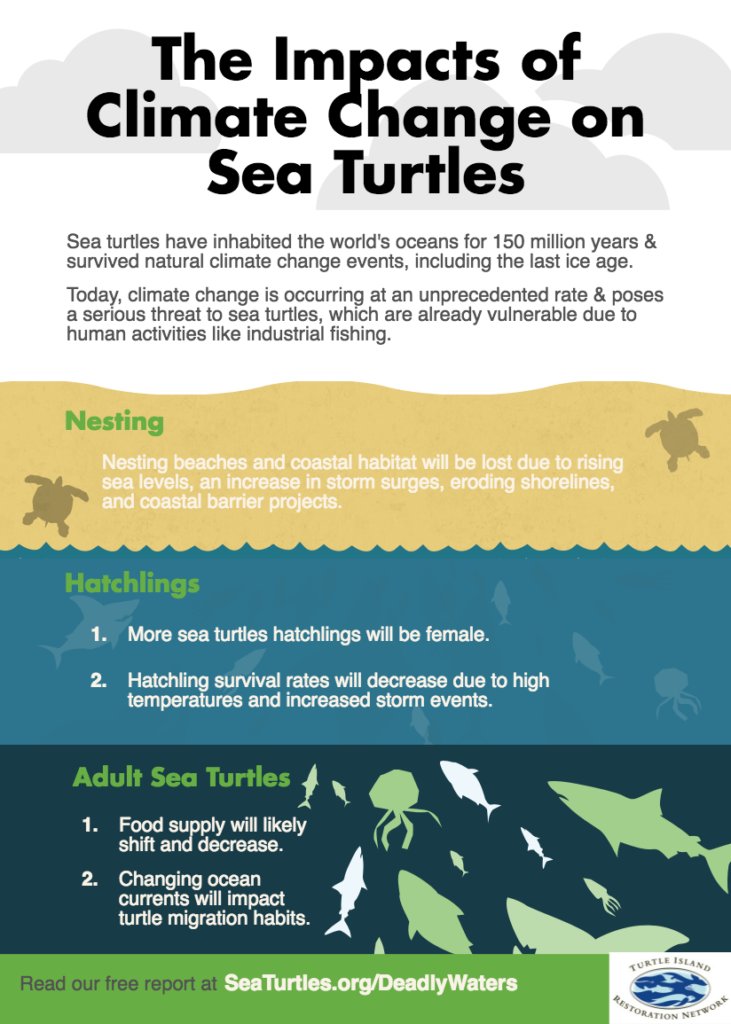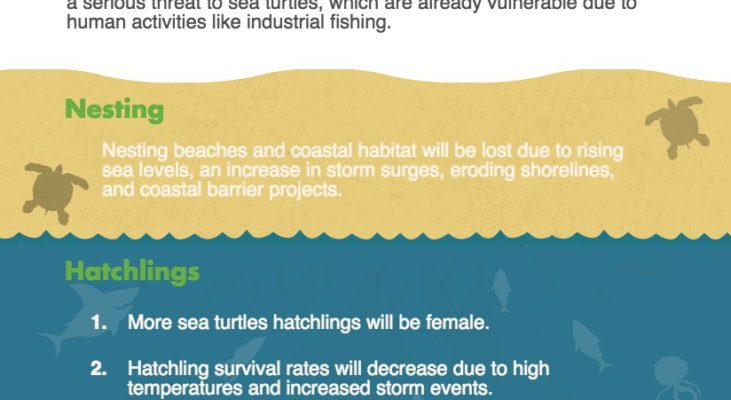
Picture this: a vibrant coral reef bustling with life, where green sea turtles munch on seagrass and bask in the sun. Now, imagine that reef being bleached or washed away due to rising ocean temperatures. It’s a bit like trying to enjoy your favorite dish when it’s been overcooked. You might still see it, but it doesn’t taste quite the same. Let’s dive into how climate change is affecting these magnificent creatures and the ecosystems they call home.
The Role of Green Sea Turtles in the Ecosystem
Green sea turtles are more than just adorable creatures; they play a vital role in their ecosystems. They primarily feed on seagrass, which helps maintain the health of underwater meadows. Think of them as caretakers of their habitat. When they graze on seagrass, they prevent it from growing too tall and allow it to flourish, providing homes for various marine species.
Additionally, turtles help in nutrient cycling by breaking down seagrass and contributing to the productivity of marine ecosystems. This, in turn, benefits many other organisms. If green sea turtles were to vanish, it would throw the entire ecosystem out of balance. That’s why understanding how climate change affects these turtles is so important.
How Rising Temperatures Impact Nesting
Temperature plays a crucial role in the reproductive success of green sea turtles. They lay their eggs on sandy beaches, and here’s where it gets interesting: the temperature of the sand dictates the sex of the hatchlings. Warmer sands tend to produce more females, while cooler sands yield more males.
As climate change causes global temperatures to rise, we’re seeing a shift in these dynamics. If beaches become too warm, there might be a significant increase in female hatchlings. This imbalance could lead to a future population crisis. Imagine a world where you only had one type of flower because it couldn’t cross-pollinate anymore—this is a potential scenario for green sea turtles.
The Impact of Ocean Acidification
Ocean acidification is another nasty side effect of climate change, and it’s hurting marine life, including green sea turtles. When carbon dioxide (CO2) levels rise, oceans absorb a good portion of that CO2, leading to increased acidity. This shift can affect the availability of seagrass and other food sources for turtles.
Moreover, acidification harms the overall health of coral reefs, which are essential habitats for young sea turtles. Without healthy reefs, turtle populations could struggle. It’s like trying to build a house without a solid foundation—it just won’t hold up. If we don’t address ocean acidification, we risk losing the very environments that support these magnificent creatures.
Threats from Sea Level Rise
With climate change, sea levels are rising due to melting ice caps and glaciers, as well as the expansion of seawater as it warms. This phenomenon poses a serious threat to the nesting habitats of green sea turtles. Many of their nesting sites are located on low-lying beaches that can easily be flooded or eroded.
Imagine a favorite picnic spot being washed away by an unexpected tide; that’s what’s happening to their beaches. If turtles can’t find suitable nesting areas, they may have to travel further to lay their eggs, which can increase their vulnerability to predators and other dangers. That’s a heavy burden for these turtles to bear.
Human Activities and Climate Change
While climate change is a natural phenomenon, human activities significantly accelerate its effects. Coastal development, pollution, and marine traffic can further stress green sea turtles. For instance, the construction of resorts or homes along beaches can disrupt nesting habitats.
Additionally, pollution from plastics and chemicals leads to increased mortality rates among sea turtles. They often mistake plastic bags for jellyfish, which can result in choking or intestinal blockages. It’s a heartbreaking reminder of how our actions can ripple through ecosystems. We need to be conscious of our impact on the environment and advocate for policies that protect these incredible reptiles.
What Can We Do to Help?
If you’re feeling a bit helpless regarding climate change and its impact on green sea turtles, don’t worry! There are many ways you can contribute to their preservation. Here are some simple actions you can take:
- Reduce plastic use: Carry a reusable water bottle and bags to limit plastic waste.
- Support conservation efforts: Donate to organizations dedicated to protecting marine life and habitats.
- Participate in beach cleanups: Join local groups to help keep beaches clean and safe for nesting turtles.
- Spread awareness: Talk to friends and family about the importance of climate action and turtle conservation.
Every small action counts. Just like ripples in a pond, your efforts can lead to significant changes.
The challenges facing green sea turtles due to climate change are daunting, but they aren’t insurmountable. By understanding how rising temperatures, ocean acidification, and human activities impact these incredible creatures, we can take action to help protect them. Remember, every small step you take contributes to a larger effort to save our planet and its beautiful wildlife.
So the next time you see a turtle, maybe at the beach or in a documentary, think about the delicate dance they perform with nature. Let’s work together to ensure that they can continue to thrive for generations to come.

